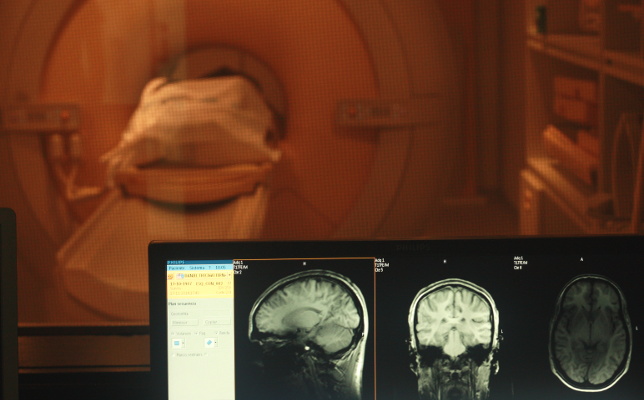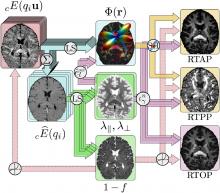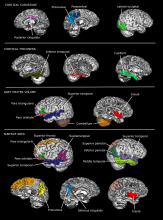MiSFIT: Efficient and accurate EAP imaging from multi-shell dMRI
Do you want to estimate advance diffusion features, time-efficiently and accurately? With 2 shells and a couple of minutes, MiSFIT can do the magic. The paper entitled "Efficient and accurate EAP imaging from multi-shell dMRI with Micro-Structure adaptive convolution kernels and dual Fourier Integral Transforms (MiSFIT)" has been accepted in Neuroimage. Great work about white matter directly from Antonio's gray matter. You can downloaded from [here]. Source code with examples available [here].










